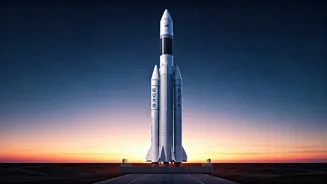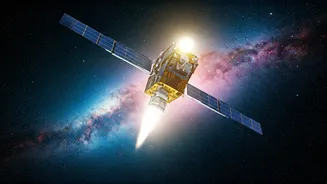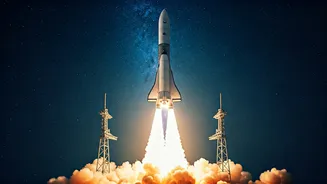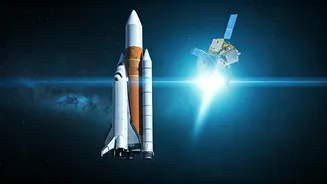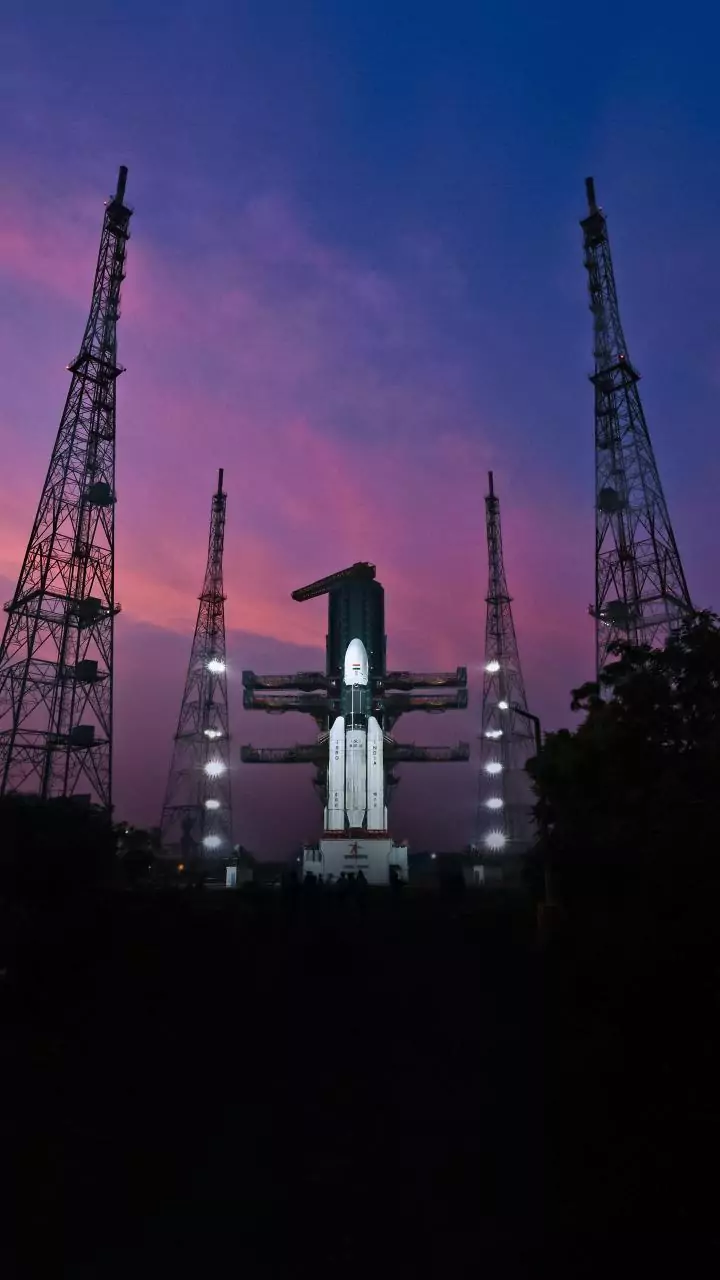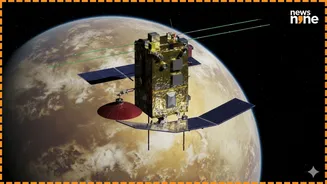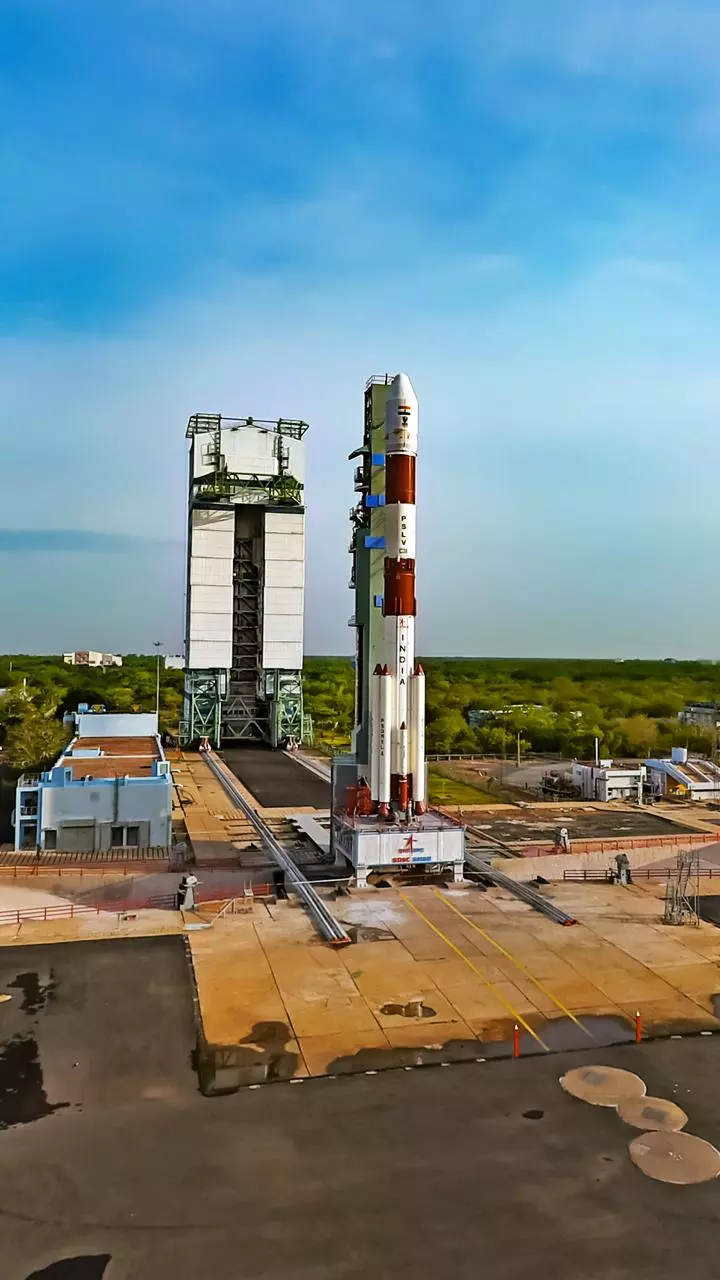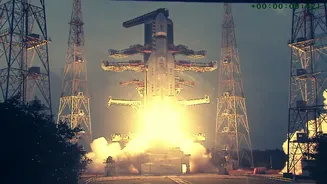Mission's Core Purpose
The LVM-3 mission, a significant milestone for ISRO, served the primary purpose of launching the heaviest satellite from India. This wasn't merely about
putting a payload into orbit; it symbolized India's capacity for independent access to space and its ambitions for a prominent role in the global space arena. The successful launch of this heavy satellite underscored India's growing strategic autonomy in the space sector, reducing reliance on other nations for crucial launches. It also demonstrated ISRO's technological advancements and their ability to handle increasingly complex space missions. This mission was designed to carry payloads into space and marked a considerable step towards self-sufficiency in space technology, which will pave the way for future exploration and scientific endeavors, as well as commercial opportunities. This success has further solidified India's position as a key player in the field of space exploration.
Boosting Strategic Autonomy
The LVM-3 mission holds immense importance for India's strategic autonomy. By successfully launching its own heavy satellites, India reduces its dependence on foreign agencies for critical space missions. This self-reliance is vital for national security, communication, and various other strategic applications. It empowers India to control its access to space, enabling it to launch satellites for surveillance, navigation, and other purposes without relying on other nations. This level of autonomy is particularly crucial in a world where space is becoming increasingly militarized and commercially valuable. It enables India to pursue its space program goals more independently and efficiently. This strategic independence enhances India's ability to respond to changing global dynamics and reinforces its position as a responsible and capable space-faring nation, driving innovation and technological development.
Technological Advancement Showcase
The LVM-3 mission served as a remarkable showcase of ISRO's technological advancements. It highlighted the expertise in rocket design, propulsion systems, and payload integration. The successful launch demonstrated the organization's proficiency in handling complex space missions, further affirming its credibility. ISRO's engineers and scientists developed innovative solutions to overcome various technological challenges, contributing to the development of indigenous space technology. The mission validated the robustness and reliability of the LVM-3 launch vehicle, showcasing its capability to place heavy payloads into orbit with precision. The overall success of the mission further boosts the confidence of ISRO, as well as the scientific and engineering communities, as they prepare for even more ambitious projects. The advancements achieved during the LVM-3 mission enhance India's technological capabilities and pave the way for future space exploration endeavors.
Future Missions Boost
The LVM-3 mission significantly benefits future space flights planned by India. The mission's success provides valuable data and experience for upcoming projects, including crewed missions and lunar exploration. The technological advancements and improved reliability of the LVM-3 launch vehicle increase the likelihood of success for future launches. ISRO can leverage the knowledge gained from this mission to refine its launch strategies and optimize the performance of its rockets. The mission's success helps to inspire and encourage younger generations to enter STEM fields. This will ensure that India has a skilled workforce ready to take on the challenges of future space exploration. Overall, the LVM-3 mission serves as a springboard for India's ambitious space program, paving the way for further advancements and global leadership in space exploration.


